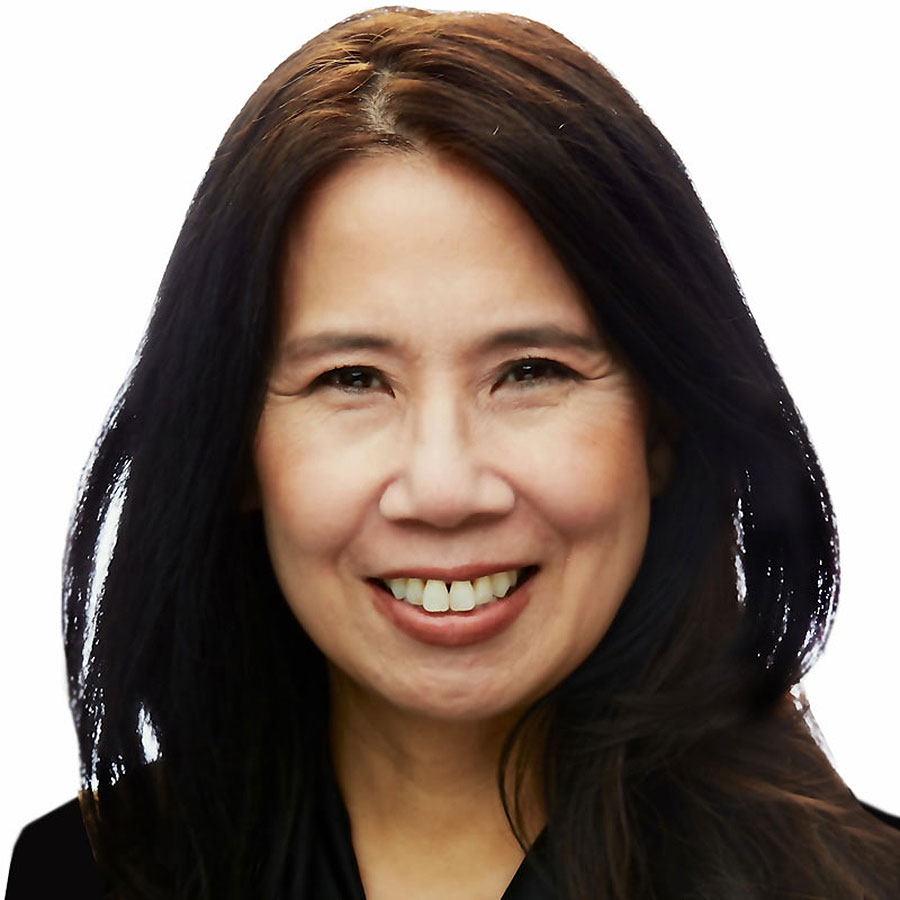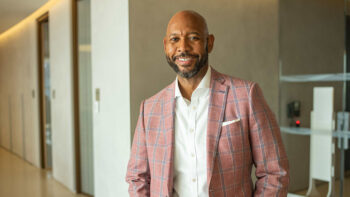‘An inflection point for me and so many other Asian Americans’
Cynthia Sugiyama, a senior vice president and head of HR Communications for Wells Fargo, discusses confronting hate against Asian Americans.
Editor’s note: This story was originally published in the San Francisco Chronicle on March 20, 2021.

I remember the day I was targeted just because I was Asian.
I was 7, maybe 8? It was sunny. I was outdoors, happy and carefree. A group of much bigger, older Caucasian boys started walking toward me. That alone scared me. When they then proceeded to poke fun at me, saying, “Ching ching, chong chong,” laughing hysterically as they walked off, that then scarred me.
“I want to add my voice to a crescendo of voices from other Asian Americans, allies, community and business leaders, and companies to say: This must stop.” — Cynthia Sugiyama, Wells Fargo head of HR Communications
I remember standing there stunned, thinking, “Wait, what’s happening? I don’t talk like that — I speak English!” But there I stood frozen — all 4 feet of me, speechless, indignant, wishing I could have said something back.
That was an inflection point. Fast forward to now, another inflection point.
For months, I’ve watched the spike in anti-Asian sentiment and the escalation in violence against the Asian American and Pacific Islander (AAPI) community.
For months, I — and many others in the Asian American community — have been disappointed that the issue hasn’t been getting more attention, although I’ve been encouraged by the increased media coverage in recent weeks. It’s also been heartening to see more and more companies, like mine, expressing they stand with the AAPI community.
For months, I’ve been supporting from behind the scenes, too. Amplifying an article here. Joining a Clubhouse conversation there. And “liking” lots of relevant posts everywhere. But I’ve stopped just short of expressing my own view.
Speaking up was counterintuitive to me growing up. Born in Illinois to immigrants from Taiwan, I was taught, like so many other second generation Asian Americans, to study hard, keep my head down, and stay on the straight and narrow. But I also wanted desperately to fit in.
That meant rather than bringing rice and dumplings to school, I much preferred getting those fried burritos (yes, they were a thing!) and It’s-It ice cream sandwiches from the cafeteria. Over time, it often meant, rather than embracing distinctive aspects of my Asian heritage, I preferred to assimilate into the mainstream. That translated into my wanting to be a little less Asian, a little more white.
So when my Asian-ness was called out by that group of boys, it stung. What gnawed at me even more was that I froze at that time.
In that moment, I couldn’t open my mouth to speak. But in many ways, that moment then propelled me to this moment now. Today, I have found the words, and here’s what I want to say:
- I know I don’t have to be frozen in my tracks anymore.
- I know that I, especially as an Asian American woman in the communications industry, can give voice to others in the AAPI community who may not have a voice. We do not have to be invisible.
- I know that I don’t have to strive to be “more white,” but that I do need to bring to work my authentic self, as an Asian American woman, and share what that experience means as we work to create a more inclusive workplace.
- I know I can help raise awareness about the alarming uptick in anti-Asian violence and encourage people to check out resources, such as Stop AAPI Hate, on how to support the Asian American community.
- I know I can check in with my Asian American colleagues and friends to see how they’re doing and be vulnerable in sharing what I’m experiencing, too.
- I know I want my children to understand what’s happening around us. I want them to know that “those” people who have been subject to anti-Asian sentiment and violence aren’t other people — they could be us. They are us.
- And I know I want to add my voice to a crescendo of voices from other Asian Americans, allies, community and business leaders, and companies to say: This must stop. But let’s not stop there. We also need to ask: What can we do to help?
An inflection point for me and, hopefully, many others.






